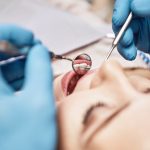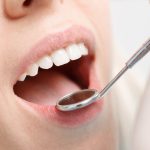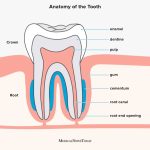Fluoride on Teeth: How Long Before Eating Should You Wait?

Fluoride is a mineral that is essential for maintaining healthy teeth. It has been added to most public water supplies in the United States since the 1940s. Fluoride can also be found in toothpaste, mouthwash, and other dental products. Although fluoride is beneficial for dental health, there are some guidelines to follow to ensure its effectiveness. One of the most common questions asked about fluoride is, \How long before eating should you wait?\ This is because fluoride needs time to work its magic on the teeth. The American Dental Association recommends waiting at least 30 minutes after brushing with fluoride toothpaste before eating or drinking anything. This allows the fluoride to fully absorb into the teeth and provide maximum protection against cavities. However, there are some exceptions to this rule, and some factors can affect how long you should wait before eating or drinking.
Fluoride is a naturally occurring mineral found in rocks, soil, water, and some foods. It is widely recognized for its benefits in promoting dental health. Fluoride strengthens tooth enamel, making it more resistant to decay caused by bacteria and acid. It also helps to repair early stages of decay before they become cavities. Fluoride can be found in toothpaste, mouthwash, and professional dental treatments. Regular use of fluoride has been shown to reduce the risk of cavities by up to 25%, and can also help to reverse early signs of tooth decay. Overall, fluoride is an essential component in maintaining good oral health and preventing tooth decay.
Fluoride is a mineral that can help prevent tooth decay by strengthening the enamel of the teeth. It can be applied to the teeth through a variety of methods, including toothpaste, mouthwash, and professional treatments. Toothpaste is the most common way to apply fluoride to the teeth, as it is used every day during regular brushing. Mouthwash can also be used to apply fluoride, but it is typically used less frequently than toothpaste. Professional treatments, such as fluoride varnish or gel, can be applied by a dentist or dental hygienist during a routine visit. These treatments are more concentrated than over-the-counter products and provide a higher level of protection against tooth decay. Regardless of the method, it is recommended to wait at least 30 minutes after applying fluoride before eating or drinking to allow the mineral to fully absorb into the teeth.
After a fluoride application, it is crucial to wait before eating or drinking to allow the fluoride to fully penetrate the tooth enamel and increase its effectiveness. Fluoride is a mineral that helps to strengthen the enamel and protect the teeth against decay, but it takes time to work. If you eat or drink immediately after fluoride application, you risk washing away the fluoride and decreasing its benefits. The recommended waiting time varies between 30 minutes to an hour, depending on the type of fluoride treatment used. In summary, waiting after fluoride application is an essential step to ensure that you receive the full benefits of the treatment and maintain good oral health.
How long should you wait?
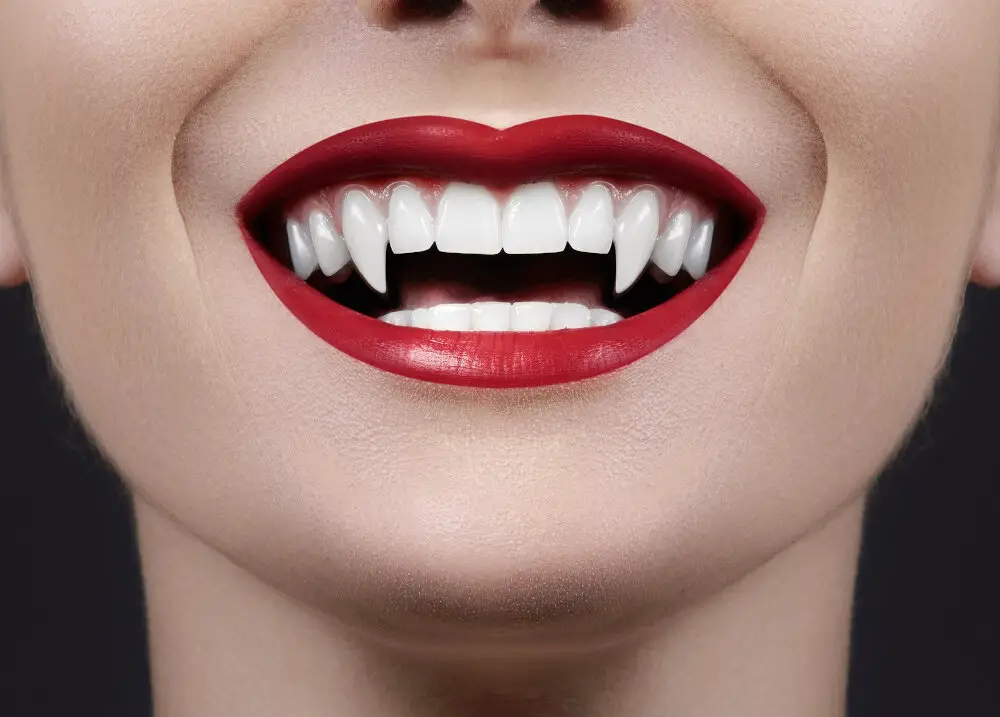
When it comes to taking care of your teeth, it’s important to pay attention not only to what you eat but also to when you eat. This is particularly true if you use fluoride toothpaste or mouthwash. Fluoride is a mineral that helps strengthen tooth enamel, making it more resistant to decay. However, consuming food or drinks immediately after using fluoride products can reduce its effectiveness. That’s why dentists recommend waiting at least 30 minutes after using fluoride toothpaste or mouthwash before eating or drinking anything. The reason for this waiting period is that fluoride needs time to bond with the tooth enamel. If you consume food or drinks immediately after using fluoride products, it can wash away the fluoride before it has a chance to do its job. Waiting at least 30 minutes after using fluoride products ensures that the fluoride has enough time to bond with the tooth enamel and provide the maximum benefit for your teeth. It’s also important to note that this waiting period applies to both adults and children, as well as to any type of food or drink, including water. So if you want to get the most out of your fluoride toothpaste or mouthwash, be sure to wait at least 30 minutes before eating or drinking anything.
When it comes to fluoride applications, waiting times can vary depending on the type of treatment received. For toothpaste, it is recommended to wait for at least 30 minutes before eating or drinking to allow the fluoride to fully penetrate the teeth. However, for mouthwash, it is suggested to wait at least 30 minutes before eating or drinking anything to avoid washing away the fluoride from the mouth. Professional fluoride treatments, on the other hand, require a longer waiting period of at least 60 minutes before consuming anything. It is important to follow these waiting times to ensure that the fluoride treatment is fully effective in strengthening the teeth and preventing cavities.
Waiting is crucial to allow fluoride to fully penetrate the teeth and achieve maximum benefit. Fluoride is a mineral that strengthens the enamel, making it more resistant to decay. When applied to the teeth, fluoride needs time to fully penetrate the enamel and create a protective layer. This process takes at least 30 minutes, and during this time, it’s important to avoid eating or drinking anything to prevent washing away the fluoride. Without sufficient time for the fluoride to penetrate, its benefits will be limited, and the teeth will not receive the full protection they need. Therefore, waiting after fluoride application is essential for optimal oral health.
There are some common misconceptions about waiting times after applying fluoride to your teeth. One of the most common misconceptions is that you need to wait for a significant amount of time before eating or drinking anything. However, this is incorrect. After applying fluoride, you only need to wait for about 30 minutes before eating or drinking anything. Another misconception is that you need to rinse your mouth after applying fluoride. But, this is also incorrect. You should not rinse your mouth after applying fluoride as it will reduce the effectiveness of the fluoride treatment. It is important to understand the correct waiting times and procedures after applying fluoride to ensure that you get the maximum benefit from the treatment.
Factors that can affect waiting times
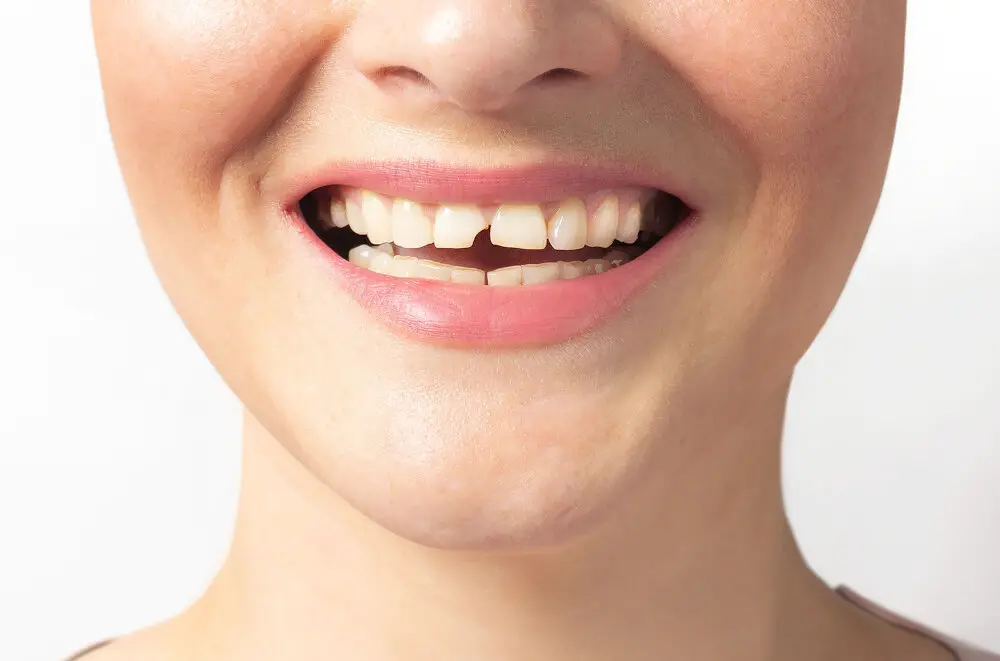
Waiting times for the consumption of food or drink after applying fluoride on teeth can vary depending on several factors. One of the most significant factors that can affect waiting times is the concentration of fluoride used during the application. A higher concentration of fluoride may require a longer waiting time before consuming food or drink. This is because higher concentrations of fluoride can take longer to absorb into the teeth, and consuming food or drink too quickly after application can dilute the fluoride and reduce its effectiveness. On the other hand, lower concentrations of fluoride may require a shorter waiting time before eating or drinking. Another factor that can affect waiting times is the individual’s oral health. If the individual has any existing dental conditions, such as cavities or gum disease, it may take longer for the fluoride to absorb into the teeth. This is because these conditions can affect the absorption rate of the fluoride, and it may take more time for the fluoride to reach the intended areas. Additionally, the individual’s saliva production can also affect waiting times. Those with lower saliva production may need to wait longer before consuming food or drink as saliva plays a crucial role in the absorption of fluoride. Understanding these factors can help individuals make informed decisions about their oral health and better protect their teeth from decay.
After a fluoride treatment, it is important to wait a certain amount of time before eating or drinking. Factors such as the type of fluoride treatment, the concentration of fluoride used, and the individual’s age and overall health can affect how long one should wait. For example, a high concentration fluoride varnish may require a longer wait time than a lower concentration fluoride rinse. Children and individuals with certain medical conditions may also need to wait longer. It is important to follow your dentist’s instructions and wait the recommended amount of time to ensure the fluoride treatment is effective in strengthening your teeth and preventing decay.
When it comes to the question of how long before eating one should wait after fluoride application, several factors come into play. The age of the person receiving the fluoride treatment can impact the waiting time, as children may need to wait longer than adults. Dental health is another consideration, as those with weaker enamel or tooth sensitivity may require a longer waiting period. The type of fluoride application, whether it be in the form of a gel, rinse, or varnish, can also affect the waiting time. Finally, the type of food being consumed can impact the effectiveness of the fluoride treatment, with acidic or sugary foods potentially reducing the benefits. Overall, it is important to consider these factors when determining how long to wait before eating after fluoride application.
What can happen if you don’t wait long enough?
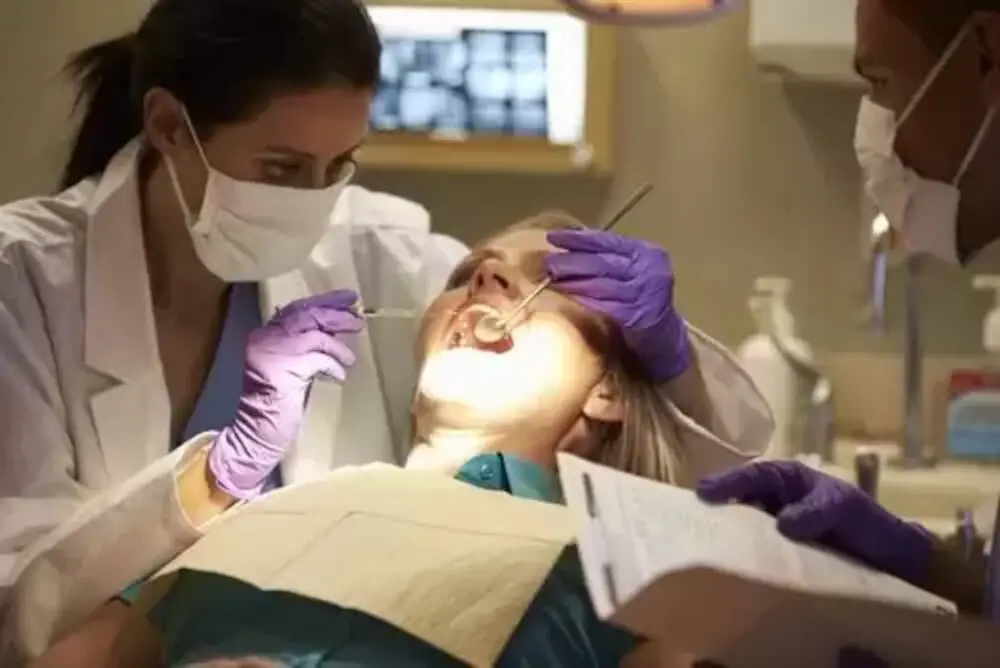
Fluoride is an essential mineral that is beneficial for maintaining our dental health. It strengthens our teeth, prevents cavities, and reduces the chances of tooth decay. However, it is crucial to wait for the recommended time after applying fluoride to our teeth before eating or drinking anything. If we don’t wait long enough, we may end up washing away the fluoride from our teeth, rendering it ineffective. When we eat or drink anything, the pH level in our mouth decreases, which can cause the fluoride to become unstable and ineffective. If we eat or drink anything before waiting for the recommended time, we may end up washing away the fluoride from our teeth, and it will not be able to form a protective layer on our teeth. This, in turn, can lead to dental problems such as cavities, tooth decay, and weakened tooth enamel. Therefore, it is crucial to wait for the recommended time after applying fluoride before eating or drinking anything to ensure that it is effective in maintaining our dental health. In conclusion, fluoride is a beneficial mineral for maintaining our dental health, but we need to be careful about how we use it. Waiting for the recommended time after applying fluoride to our teeth is crucial to ensure its effectiveness and avoid any dental problems. If we don’t wait long enough, we may end up washing away the fluoride from our teeth, rendering it ineffective. Therefore, it is essential to be patient and wait for the recommended time before eating or drinking anything to maintain good dental health.
Failing to wait long enough after fluoride application before eating can have potential consequences on the effectiveness of the treatment. The primary purpose of applying fluoride to teeth is to strengthen the enamel and prevent tooth decay. However, if you eat or drink anything too soon after application, you risk washing away the fluoride before it has a chance to properly absorb into the enamel. This can significantly reduce the benefits of the treatment and leave your teeth vulnerable to decay. Furthermore, consuming acidic or sugary foods and drinks directly after fluoride treatment can also damage the enamel and counteract the positive effects of the fluoride. Therefore, it is crucial to wait at least 30 minutes after fluoride application before eating or drinking anything to ensure that the treatment is fully absorbed and effective.
The waiting time required after fluoride application can vary depending on the type of application and the individual’s dental health. For instance, if a fluoride gel is applied, it is recommended to wait for at least 30 minutes before eating or drinking. In contrast, if a fluoride varnish is used, the waiting time is shorter, and the individual can eat or drink immediately after the application. The waiting time can also vary based on the individual’s dental health. If the individual has a high risk of tooth decay, then a longer waiting time may be necessary to allow the fluoride to penetrate the teeth fully. On the other hand, if the individual has healthy teeth, a shorter waiting time may be sufficient. It is essential to follow the instructions provided by the dentist or dental hygienist to ensure optimal results.
Tips for maximizing fluoride benefits
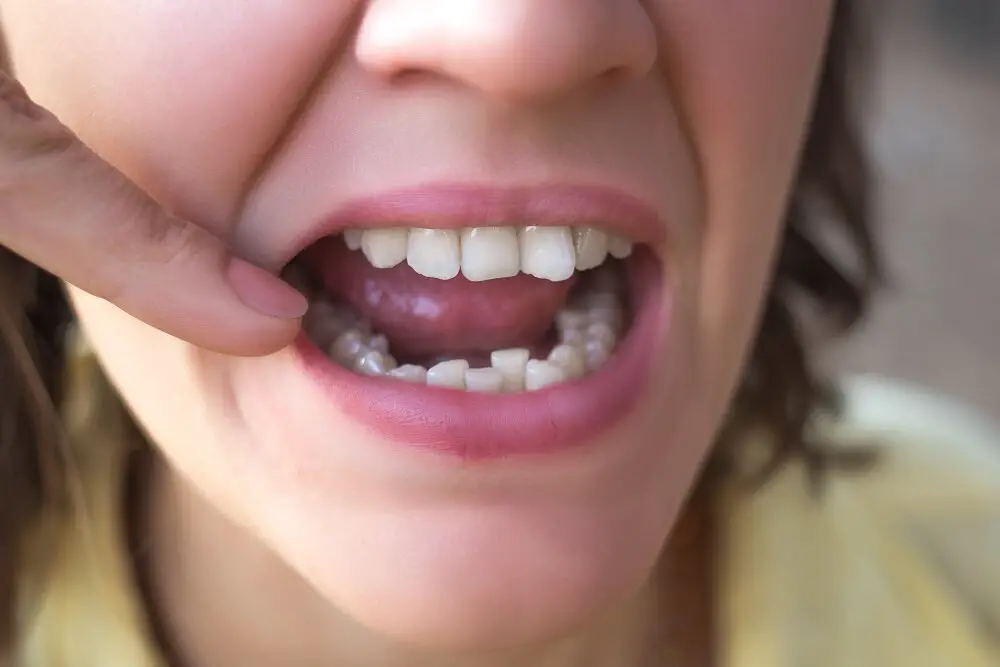
Fluoride is a mineral that is highly beneficial for dental health. It is commonly found in toothpaste, mouthwash, and even in some drinking water. Fluoride helps to strengthen tooth enamel, making it more resistant to decay. However, to maximize the benefits of fluoride, it is important to use it correctly. One of the best tips for maximizing fluoride benefits is to use fluoride toothpaste. Brushing with fluoride toothpaste twice a day can help to keep teeth strong and healthy. It is also important to use the correct amount of toothpaste. A pea-sized amount is usually sufficient for most people. Another important tip for maximizing fluoride benefits is to avoid rinsing after brushing. When you rinse your mouth with water or mouthwash immediately after brushing, you wash away the fluoride before it has a chance to work. Instead, it is recommended to spit out the toothpaste but leave the remaining fluoride on your teeth. This will help to increase the amount of fluoride that is absorbed by your teeth, giving you the maximum benefit. Additionally, it is best to avoid eating or drinking for at least 30 minutes after brushing with fluoride toothpaste. This will give the fluoride enough time to be absorbed by your teeth, providing long-lasting protection against decay.
To maximize the benefits of fluoride on teeth, in addition to waiting at least 30 minutes after application before eating or drinking, there are several other tips to keep in mind. First, make sure to use fluoride toothpaste and mouthwash regularly to maintain a consistent level of fluoride in the mouth. Additionally, drinking fluoridated water can help strengthen teeth from the inside out. It’s also important to maintain a healthy diet that’s low in sugar and processed foods, as these can contribute to tooth decay. Finally, make sure to schedule regular dental checkups and cleanings to ensure that any potential issues are caught early and treated appropriately. By following these tips, you can help maximize the benefits of fluoride on teeth and maintain a healthy, beautiful smile.
Maintaining oral hygiene is crucial for maintaining a healthy smile. Along with brushing and flossing regularly, using fluoride treatments as directed by a dental professional can help strengthen teeth and prevent decay. Fluoride treatments can come in various forms, such as toothpaste, mouthwash, or even professional treatments at the dentist’s office. Consuming a balanced diet rich in vitamins and minerals can also contribute to good dental health. It is important to limit sugary and acidic foods and drinks that can erode tooth enamel. Overall, taking care of your teeth and gums should be a top priority for achieving optimal dental health.
Waiting after fluoride application before eating is crucial to ensure the effectiveness of the treatment. Fluoride is a mineral that helps strengthen tooth enamel and prevent cavities. When applied to the teeth, it needs time to be absorbed and create a protective layer on the teeth. Eating or drinking immediately after fluoride application can remove the protective layer and reduce the benefits of the treatment. It is recommended to wait at least 30 minutes before eating or drinking to allow the fluoride to fully penetrate the teeth. This waiting period helps to ensure that the fluoride treatment is effective and provides maximum protection against tooth decay. Neglecting to wait can render the fluoride treatment useless.
Fluoride is a naturally occurring mineral that has been widely used for decades to prevent tooth decay and promote good oral health. When used correctly, the potential benefits of fluoride for dental health are significant. Fluoride works by strengthening tooth enamel, making it more resistant to acid attacks from plaque and bacteria. This can help prevent cavities and gum disease, which can lead to more serious dental problems if left untreated. In addition to its protective benefits, fluoride can also help repair early stages of tooth decay by remineralizing weakened enamel. However, it is important to note that too much fluoride can be harmful, so it is essential to use fluoride products as directed by your dentist or healthcare provider. By following proper guidelines, fluoride can be a powerful tool for maintaining healthy teeth and gums.
In conclusion, maintaining good dental health is crucial for overall well-being. Fluoride is an essential component for strong and healthy teeth. Therefore, it is recommended to use fluoride toothpaste and mouthwash regularly. It is also advisable to wait for at least 30 minutes after brushing before consuming food or drinks to allow the fluoride to work effectively. In addition to fluoride, other practices such as flossing, using a mouthguard for sports, and limiting sugary foods and drinks can also contribute to good dental health. Regular visits to the dentist for cleanings and check-ups are also critical in preventing dental problems. By incorporating these practices into our daily routines, we can maintain healthy teeth and gums for years to come.
Conclusion
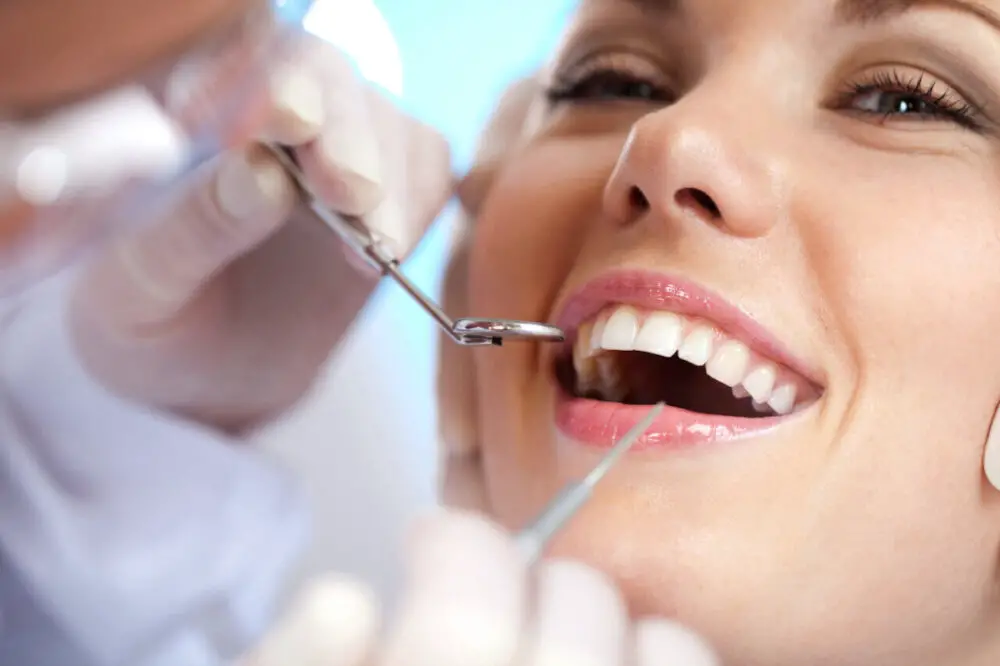
In conclusion, it is recommended to wait at least 30 minutes after applying fluoride to teeth before eating or drinking to allow it to fully absorb and provide optimal benefits. This waiting period can vary depending on the type of fluoride treatment used, such as varnish or gel. It is important to follow the instructions provided by your dentist or dental professional to ensure the best results. While fluoride is beneficial for dental health, it is also important to maintain a balanced and healthy diet to promote overall well-being.


